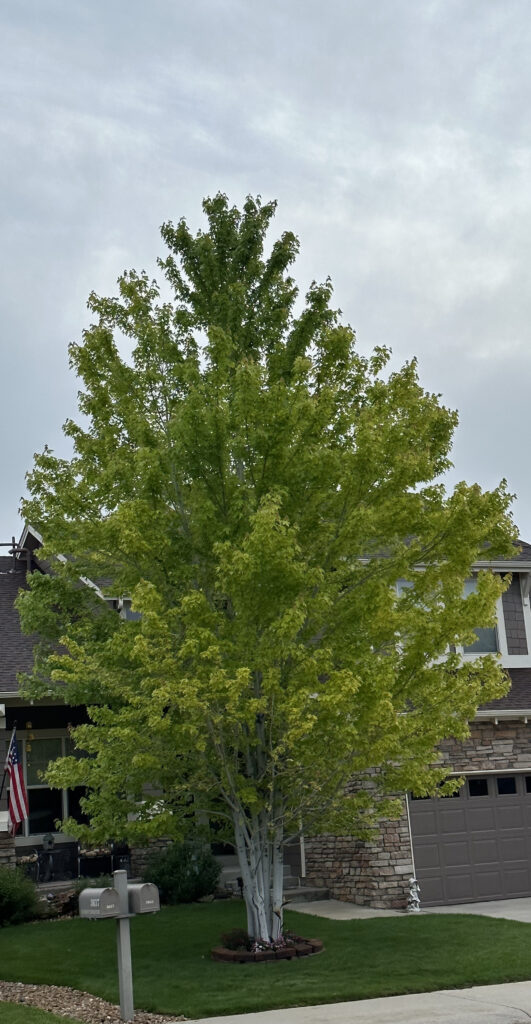
Iron chlorosis is a prevalent issue that affects trees in various regions, including Castle Rock and Denver, Colorado. The condition arises due to deficiencies in iron uptake by plants, leading to yellowing or whitening of leaves and stunted growth. This blog aims to shed light on the impacts of iron chlorosis in these areas, highlight the services provided by Fleming’s Tree Care, and discuss preventive measures like soil and trunk injections to enhance tree health and promote vigorous growth. Furthermore, we will delve into the significance of maintaining proper pH and alkaline levels in Colorado’s alkaline soils to avoid nutrient lockout.
Understanding Iron Chlorosis:
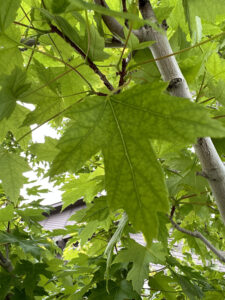
Iron chlorosis is a condition caused by a lack of iron availability to plants, leading to inadequate chlorophyll production. Chlorophyll is essential for the process of photosynthesis, enabling plants to convert sunlight into energy. When trees experience iron deficiency, their leaves turn yellow or white, while the veins remain green. This visual symptom, known as interveinal chlorosis, is a telltale sign of iron chlorosis.
Iron Chlorosis in Castle Rock and Denver Areas:
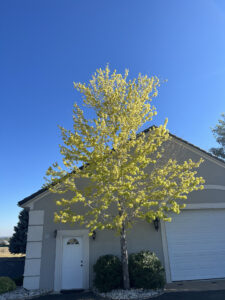
Castle Rock and Denver, located in Colorado, possess alkaline soils with high pH levels. These alkaline soils create an unfavorable environment for plants to access essential nutrients, including iron. As a result, trees in these areas are particularly susceptible to iron chlorosis. Some of the tree species commonly affected by iron chlorosis in Castle Rock and Denver include silver maple (Acer saccharine), red maple (Acer rubrum), pin oak (Quercus palustris), and honey locust (Gleditsia triacanthids).
Preventative Soil and Trunk Injections:

Soil and trunk injections are proactive measures employed by Fleming’s Tree Care to combat iron chlorosis and improve tree vigor. These methods involve the introduction of iron compounds into the soil or directly into the trunk. By doing so, the trees can efficiently absorb the iron and overcome deficiencies. Soil injections involve creating small holes in the soil around the tree’s root zone and introducing a solution containing iron compounds. Trunk injections, on the other hand, utilize specialized equipment to inject iron compounds directly into the tree trunk. These injections provide a direct and immediate source of iron to the tree, promoting healthy growth.
Administering Injections throughout the Seasons:
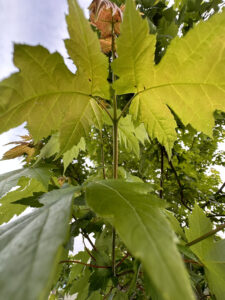
Administering soil and trunk injections can be done throughout the seasons, depending on the specific requirements of the trees. Fleming’s Tree Care assesses each tree individually to determine the most appropriate time and frequency for injections. Typically, soil injections are performed during the growing season, while trunk injections can be carried out during the dormant or growing season.
Maintaining pH and Alkaline Levels:
Colorado’s alkaline soil can pose challenges for tree health due to the potential for nutrient lockout. Nutrient lockout occurs when high pH levels in the soil prevent plants from accessing essential nutrients, even if they are present in the soil. To combat nutrient lockout, it is crucial to maintain proper pH and alkaline levels. Soil testing and subsequent amendments can be performed to adjust the pH and ensure optimal nutrient uptake by the trees.
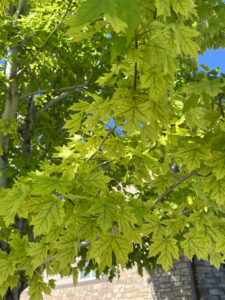
For assistance with iron chlorosis or tree care needs, call Fleming’s Tree Care. They specialize in combating iron chlorosis and promoting healthy tree growth.

